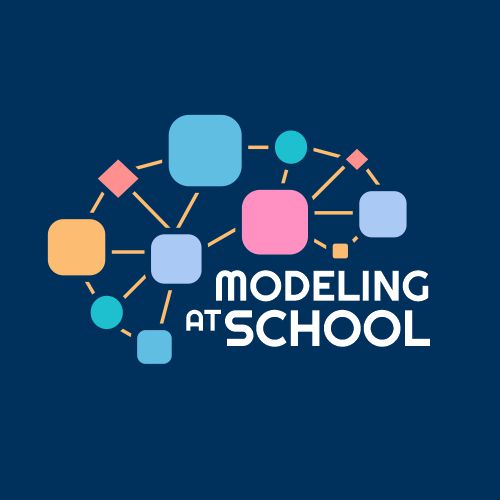
Zielgruppe: 6-10 years.
Type: Digital.
Sprache: English, German
ReMo English
ReMo German
RESOURCE OVERVIEW:
Die Modellierung ist die Muttersprache der Informatik und wie bei einer Fremdsprache, muss man mit kurzen Phrasen anfangen, bevor man einen Aufsatz schreiben kann. Auch wenn die Diagramme noch nicht informatisch korrekt sind, finden trotzdem schon wichtige informatische Denkprozesse (Computational Thinking) statt. Um die Modelle einstufen zu können, haben wir deshalb den Europäischen Referenzrahmen für Sprachen herangezogen und einen Referenzrahmen zur Modellierung (ReMo) entwickelt. Mit diesem Modell können Sie Diagramme schnell und unkompliziert einstufen. Framework of Reference for Modeling (ReMo) has been developed. The need to create such a concept was based on practical experience with schools, where teachers showed uncertainty in the rating of the diagrams. The question, if these diagrams follow a correct syntax based on computer science standards was present. Another critical aspect is, that from the perspective of computer science, diagrams created by people without CS background are non-compliant with the common standards. Using modeling in an interdisciplinary context goes along with blurry boundaries between random visualization of content and the use of computer science diagrams. The ReMo aims at eliminating uncertainties in applying modeling in different subjects. Currently, there is no practical assessment tool to evaluate the quality of diagrams in a non-informatic setting. The ReMo is divided into three main sections – A, B and C – which stand for ’Basic User’, ’Independent User’ and ’Proficient User’. These three main sections are again divided into two subcategories, which are marked with the numbers 1 and 2. The CEFR is a widely recognized standard in the language community across Europe and the reference to it facilitates the use of the modeling framework. In each reference level (A1, A2, B1, B2, C1, C2) detailed descriptions of receptive and productive modeling skills are represented in form of ”knows..” and ”can do…” descriptors. Moreover, the modeling framework takes into account not only the syntax accuracy from a computer science perspective, but also sets a deep focus on the mental processes that occur while working with models. As visible in figure 8, in the framework, there are several pie charts in the second column. These pie charts should help the user to understand to which extend the individual diagrams follow the standard of computer science.
